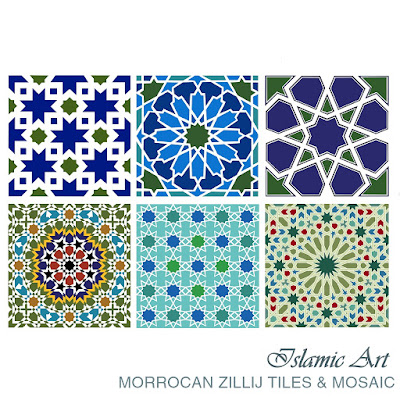Picking the Perfect Grout Color
Tips and ideas on how to choose the perfect colored grout for a tile installation in a few easy steps
The color of the grout holds a significant visual importance and value in any tile installation, be it a mural or a mosaic floor. Prior to grouting, it is vital to weigh in the comparisons and visualize how different grouts will look like in the completed project. For instance, white and other light-colored grout starts showing dirt and stains almost immediately, so unless you are willing to spend a little extra on easy-clean grout sealant or scrub the tiled surface every day, go for a darker grout. Are you okay with cement or do you want an epoxy grout? If you don’t give this decision a thought, the overall look might end up ruined and not what you wanted. Here are the steps you can follow to reach a grout color decision:
Step 1 Select the Tile Colors
There is a wide-ranging variety of tile materials, types and styles available in the market today. Out of ceramic, porcelain, marble, natural stone and glass, which one would you pick? They all have their own distinct characteristics, appearances and applications. Does the tile have one solid uniform color throughout or does it have a printed or hand-painted pattern on it? Are you using a mosaic sheet with several different colored tiles present in the mix? The better you understand your tiles’ color composition and scheme the easier it would be to find a suitable grout.
Step 2 Want the Grout to Blend or Stand Out?
Both design options offer unique benefits to the overall space and the tile installation area. Also, if you have other distinct color themes or accents in the room consider that in your grout choice as well.
Step 3 Color Choice: Blend in
If you don’t want the grout joints to stand out and want it to give a blending effect with the tiles, making the tile pattern less visible, pick a grout color as closely similar to the tile’s primary color as possible. When the grout and tile colors are the same it gives the installation a more uniform monolithic look. This technique, blending, will only work best where all the tiles are of the same color i.e. there’s no gradient or contrast between individual tiles.
Step 4 Color Choice: Stand out
Want a bold look accentuating the tile arrangement pattern and layout? Go for a contrasting grout color. This will make the grout strikingly stand out and enhance the visibility of separate tiles. As a general design rule, the more contrast there is between the grout and tiles, the more noticeable the pattern shall be. Usually in spaces like restaurant kitchens a darker grout is used, which serves a dual purpose; accenting the tiles and reducing the visibility of stains. Make sure to pick colors that complement each other.
Step 4 Color Choice: Mosaic Blends
It’s a whole different story with mosaic tiles. Usually a mosaic sheet has 4 or even more different colored tiles on a single sheet or design. Sometimes all the colors are from the same color family (e.g. a random mix of various shades of blue used in a glass tile mosaic swimming pool) while in other cases the tiles are totally contrasting and belong to different color families (e.g. a blend of browns and tan with a green accent). While picking a grout for a mosaic blend, go with the color that is in the same color family of as the majority of the tiles in the given pattern. For instance the above mentioned blend could use a dark tan or lighter brown grout to reach some level of harmony. Another popular practice with mosaic tile projects is the use of light or dark neutral grout options from a pre-defined set of choices.
Step 5 Apply the Grout
After you’ve picked and acquired the grout of your liking and the tiles are already in place the only thing that remains is filling the tile gaps with the grout. Apply it yourself by carefully following the instructions that came with it or get a professional to do it for you.
Tips & Warnings
- Ask for grout samples or color cards from the manufacturers. They are similar to the paint color card or are available in form of little bricks/sticks. It’ll be easier to compare the grout color with tiles this way.
- Grout takes a few days to completely set. You might have to wait a while until it is completely done and the actual color is revealed.
- The mixed or powder form of grout before installation isn’t the same as how the applied finished product will look like.
- If you use a tile or grout sealer it may alter the color appearance of the original grout.
- Dirt and stains are more detectable on lighter grouts.


